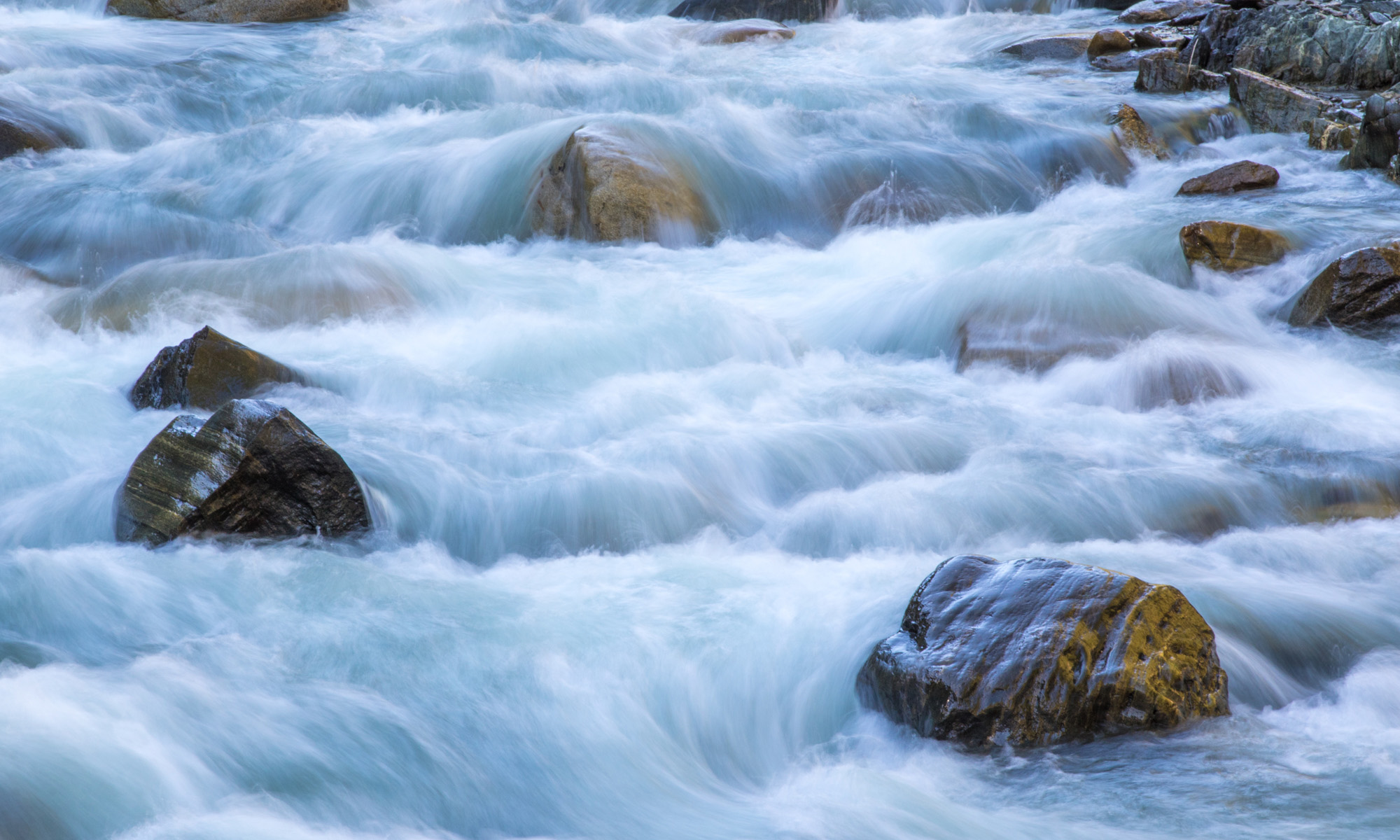Today’s Question: Does Enhance in Lightroom Classic or Topaz Gigapixel help in terms of enlarging an image rather than purchasing a lens with a longer focal length?
Tim’s Quick Answer: Today’s advanced tools for enlarging digital images are certainly impressive, but in my view it is still best to enlarge the image by getting closer to the subject or by using a lens with a longer focal length.
More Detail: Whenever you enlarge a photo you are degrading image quality to some extent. That’s because software needs to add pixels to the image, effectively putting new pixels in between existing pixels that have been spread out to produce a large image. While the algorithms used for this purpose are incredibly sophisticated, the process does cause some degree of loss of sharpness and quality in the image.
Therefore, while software such as Topaz Gigapixel or the Enhance feature in Lightroom Classic are excellent solutions for enlarging an image, when the aim is to have a subject fill a larger portion of the frame this isn’t the best solution.
In effect, enlarging the subject involves cropping so the subject represents a larger portion of the frame and then enlarging to the intended output size. Instead of cropping after the capture and resizing, you could simply crop at the time of capture so that less enlargement is necessary (or perhaps no enlargement is needed at all).
To increase the size of the subject we are photographing within the frame we could simply get closer to the subject. If you cut the distance to the subject in half, the relative size of the subject in the frame would double. Of course, moving closer to the subject would also alter perspective within the frame, which may not result in the composition you prefer. If so, using a longer lens focal length provides a solution.
If you double the lens focal length you would also essentially double the relative size of a subject in the frame. This would enable you to maintain the desired perspective for the scene, since you could stay in the same position. Of course it also means generally purchasing a more expensive lens.
To be sure, you can most certainly get very good results from cropping and then enlarging an image, especially with some of the more advanced enlargement tools available in today’s software. However, you’ll maintain better image quality by not needing to enlarge as much. Therefore, getting closer to the subject or using a longer lens focal length are the best options for having the subject take up more space in the frame at the time of capture, rather than having to crop and then enlarge the image in post-processing.

